Tree pruning is an important part of maintaining healthy trees and ensuring the safety of people and property. It is essential to follow proper safety precautions when pruning trees in order to protect yourself, your property, and the tree itself. In this article, we'll discuss the essential safety precautions that need to be taken when pruning a tree. We'll look at the importance of safety equipment, the importance of using the right tools, and the best practices for safely pruning a tree.
Taking these steps will ensure that you can safely and effectively prune your trees without putting yourself or anyone else in danger. Tree pruning is an important part of tree maintenance that should not be taken lightly. It is important to take the necessary safety precautions to ensure that you are able to maintain your trees without putting yourself or anyone else in danger. Here are the essential safety precautions for tree pruning:The Right Tools and Equipment: Using the right tools and equipment for tree pruning is essential for safety. Make sure that you have the appropriate tools such as loppers, saws, and pole pruners to complete the job safely.
If you are unsure which tools to use, consult a professional or do some research.
Protective Gear:
Wearing the appropriate protective gear when pruning a tree is also important. This includes a helmet, gloves, eye protection, and sturdy footwear. The helmet should be one that meets ANSI standards while the gloves should be made from a strong material like leather or canvas. Eye protection should be shatterproof and fit securely.Sturdy footwear should have good traction on all surfaces and provide support for your feet.
Identifying Hazards in the Tree:
Before starting any work on a tree, it is important to identify any potential hazards such as dead branches, live wires, or disease. If there are any potential hazards, it is best to call in a professional who can safely address them.The Proper Technique for Pruning:
To ensure that you are pruning the tree correctly, it is important to familiarize yourself with the proper technique. This includes making sure that you prune away dead or diseased branches first and avoid cutting too much of the living tissue away from the tree.It is also important to make sure that you cut at a slight angle away from the branch collar and avoid leaving any stubs behind.
Safely Disposing of Tree Debris:
After pruning a tree, it is important to dispose of the debris safely. Make sure to rake up any fallen leaves or branches and put them into bags or containers for disposal. It is also a good idea to wear a dust mask when cleaning up debris as it can contain allergens or irritants.Protective Gear
When pruning trees, it is important to protect yourself from potential risks by wearing the appropriate protective gear.This includes gloves, goggles, hard hats, and other items that can help reduce the risk of injury. Gloves are important for protecting your hands from sharp branches and thorns that may be present on some trees. They can also help prevent cuts and scrapes that can occur when handling branches and leaves. Goggles are also important for protecting your eyes from flying debris, dust, and dirt that may be stirred up when pruning.
Hard hats are necessary to protect your head from falling branches or debris that may be dislodged during pruning. Other protective gear, such as long sleeves and pants, closed-toe shoes, and even protective chaps, can also be worn for added protection when pruning trees. All of this protective gear is important to wear as it helps protect you from potential risks when pruning trees.
Disposal
When tree pruning is complete, proper disposal of the debris is essential. Tree branches and clippings should not be left lying around as they can be a safety hazard for yourself, your property, and others. Additionally, not disposing of the tree debris properly can also lead to potential risks such as insect infestations or diseases.The best way to dispose of tree debris is to contact your local waste management services. They will have the right equipment and resources to safely and efficiently dispose of your tree clippings and branches. If you are unable to contact waste management services, you can also use a chipper to mulch the branches or rent a dumpster to dispose of them. It's important to make sure that the debris is disposed of correctly, as it can be a major safety hazard if left unchecked.
By taking the time to properly dispose of tree debris, you can ensure that your pruning job will be safe and successful.
Tools and Equipment
Having the right tools and equipment for tree pruning is essential for safety. There are many pieces of equipment that can be used for pruning, such as loppers, pole saws, chainsaws, and more. It is important to understand the function of each tool and how to use them safely. Loppers are great for cutting small branches up to 1-1/2 inches in diameter. They are lightweight and easy to use, making them a great option for pruning smaller trees.Pole saws are perfect for reaching higher branches without the need for ladders or scaffolding. Chainsaws are best used for larger branches, but should only be used by trained professionals. It’s important to check your tools before use and make sure they are in good working order. Always wear protective gear such as gloves and safety glasses when using any tool.
Make sure the area is clear of any debris or obstacles that could lead to an accident. When using a chainsaw, always follow all safety protocols such as wearing a helmet, chaps, boots, and gloves. Always keep the chainsaw away from your body and ensure that the blade is sharpened properly. Never use a chainsaw when there are other people around and always use extreme caution when operating any power tool. By following these safety precautions, you can ensure that your tree pruning project is completed safely and efficiently.
Hazards
When it comes to pruning trees, it's important to be aware of potential hazards.These can range from dead or decaying branches, disease or pest infestation, or weak or damaged limbs. Before you start pruning, take the time to assess the tree and identify any potential risks. Look for any signs of decay, such as discolored or brittle branches, and check for any signs of disease or pest infestation. If you notice any of these signs, it's important to take extra precautions when pruning. You may need to call a professional tree service to safely remove the affected branches. Weak or damaged limbs can also be dangerous when pruning.
If a limb is weak or has been damaged by weather or other factors, it may be at risk of breaking off during the pruning process. It's important to assess these limbs and decide whether they should be removed. Finally, be sure to inspect the area around the tree before you begin pruning. Look for any power lines, nearby buildings, and other obstacles that could be affected by the pruning process. This will help you avoid any potential risks while pruning your trees.
Technique
When pruning your trees, it’s important to know the best techniques for safely cutting branches.This will ensure that you are able to maintain the health of your trees while avoiding potential risks. Here are the essential steps for pruning trees in the safest possible way:1.Choose the right tools.Before you begin pruning, it’s important to make sure you have the right tools for the job. Use a hand saw or pruning shears to make the cuts. Make sure the tools are sharp and clean, and that you have protective gloves and eyewear.
2.Examine the tree.
When you begin pruning, take a few minutes to examine the tree and identify any potential hazards.Look for dead or diseased branches, as well as any branches that may be growing in an unsafe direction. Mark these branches so that you can easily identify them when you start cutting.
3.Make clean cuts.
When pruning a branch, make sure to make a clean cut at a 45-degree angle just above a bud or node. This will help to promote healthy growth and prevent disease from spreading. If you are cutting a larger branch, use a three-step process: first make an undercut just below the branch, then make a top cut just above the undercut, and then remove the remaining stub.4.Avoid overpruning.
Be careful not to overprune your trees.Removing too many branches at once can cause stress to the tree and can leave it vulnerable to disease and pests. Before pruning, research the specific species of tree and learn about its natural shape and size.
5.Dispose of debris properly.
Finally, when you’re done pruning, make sure to dispose of all debris properly. Place all branches in yard waste bags or compost them if possible. For larger pieces of wood, you may need to hire a professional tree service to remove them safely. In conclusion, taking safety precautions before pruning trees is of the utmost importance.Tools and equipment should be inspected for proper functioning and maintained regularly. Protective gear should be worn at all times to minimize the risk of injury. Hazards should be identified and taken into account when determining the best approach to pruning. The correct technique should be used for each branch and all cuttings disposed of correctly.
By following these safety precautions, you can ensure that your trees are healthy and well-maintained, while avoiding potential risks. To stay safe while pruning trees, keep in mind the importance of wearing protective gear, using the proper tools and techniques, and disposing of cuttings correctly. Additionally, inspect tools and equipment regularly to ensure they are in good condition. With the right precautions, you can enjoy a safe and successful tree pruning experience.
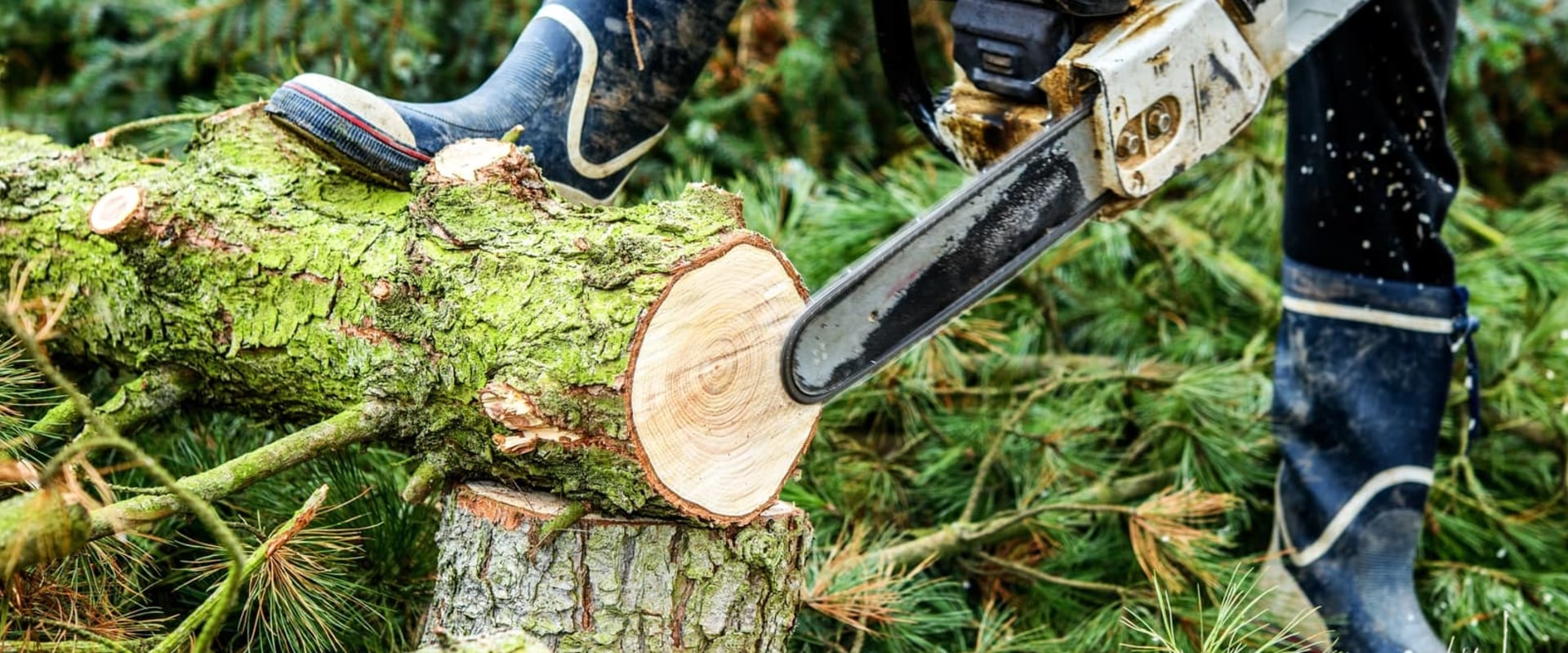
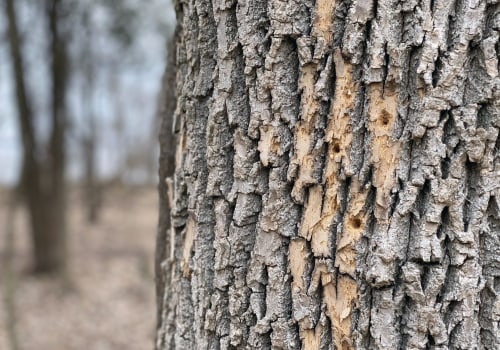
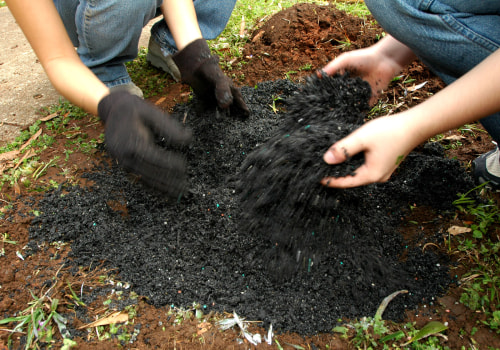
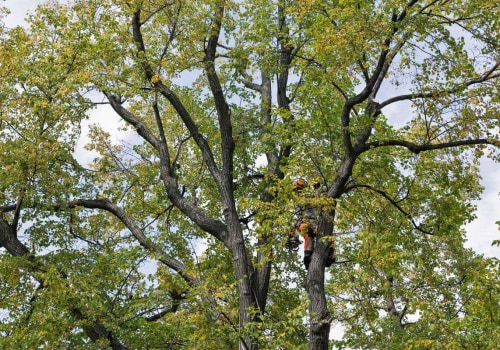
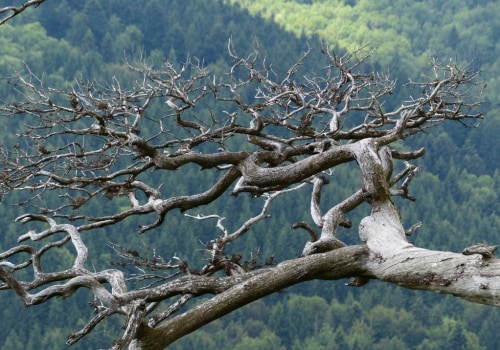
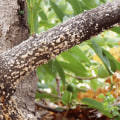
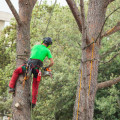
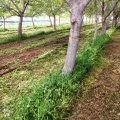
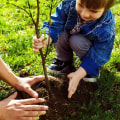
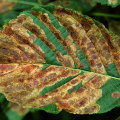
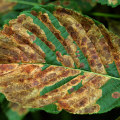

Leave Message